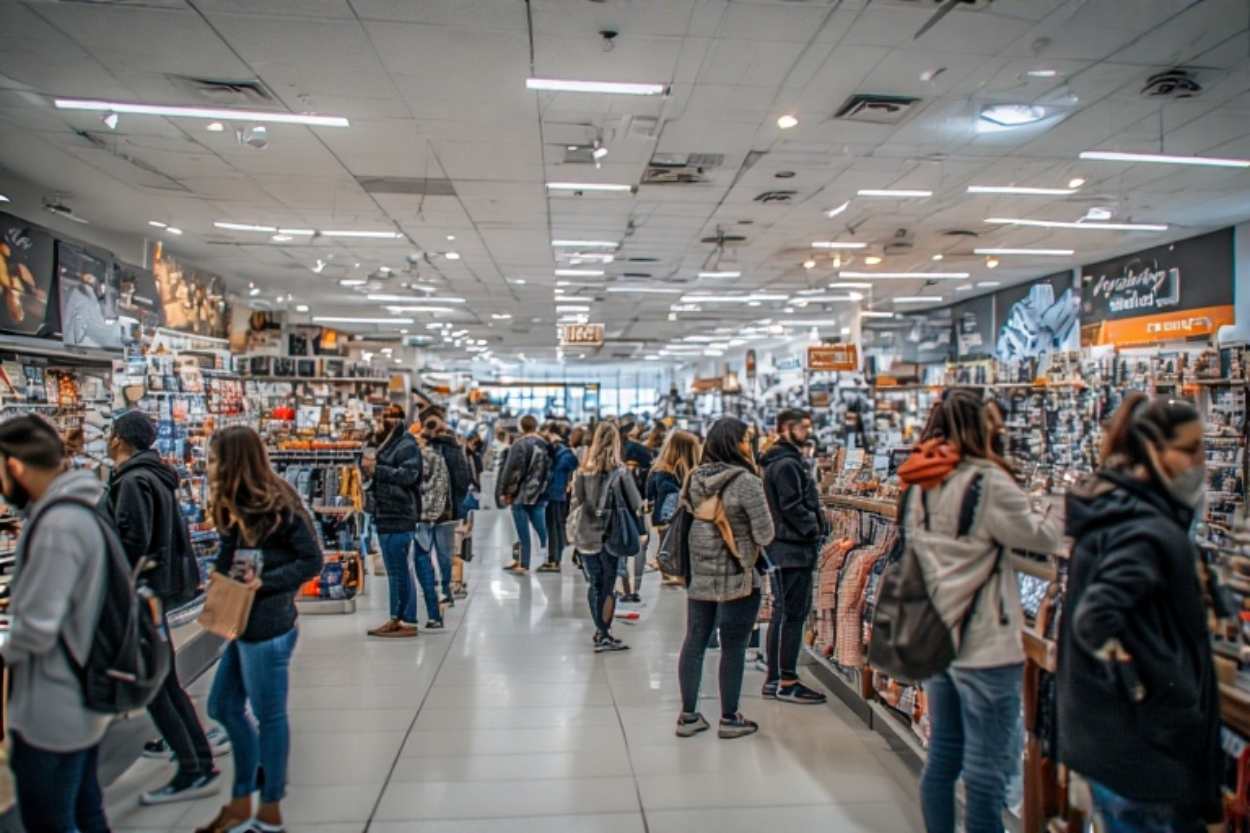Mapping Retail Success: How Global Location Intelligence Is Changing the Game for Brick-and-Mortar

In a retail environment, location is still everything—but now it comes with a digital edge. As online channels mature and foot traffic becomes more unpredictable, retail businesses are turning to Global Location Intelligence (GLI) to unlock growth, reduce risk, and make better real estate decisions.
Relying on gut feelings or outdated sales heatmaps is no longer enough in today’s fast-moving retail landscape. Retail strategy is being reshaped by geospatial data, mobility trends, and real-time consumer movement.
What Is Global Location Intelligence?
GLI merges location data (think GPS, foot traffic, mobile signals) with contextual analytics (weather, events, socioeconomic data) to provide actionable insight about physical behaviour patterns, at scale, across borders.
For retailers, that means understanding not just where people are shopping, but why, when, and how often.
Why Retailers Can’t Afford to Ignore GLI
The retail sector has always relied on location, but GLI elevates it from a static factor to a dynamic performance lever. Here’s how:
1. Site Selection Gets Smarter
Instead of just using population density or traffic counts, retailers can now identify:
- Areas with high “dwell time” for similar brands
- Patterns of recurring foot traffic throughout the week
- Competitor proximity vs. saturation risk
Example: A boutique fitness brand might find that placing a studio near a Trader Joe’s in Denver yields better ROI than a standalone location in a high-rent mall.
2. Hyperlocal Marketing That Works
By pairing GLI with ad platforms, retailers can:
- Serve promotions to people who’ve recently walked past their storefront.
- Trigger email/SMS campaigns based on customer visits to nearby competitors.
- Adapt inventory or signage based on neighbourhood-specific data.
This is how a regional apparel chain can outperform national brands in smaller metros—by reading the street-level data and reacting in real time. This data is key when considering retail expansion strategies for cpg brands.
3. Benchmarking Store Performance
Retailers can compare foot traffic, visit frequency, and customer movement across all locations, not just by sales volume.
- Are people staying longer at Location A than at Location B?
- Does a flagship store in Austin attract new foot traffic, or mostly repeat visits?
- How does seasonal weather impact stores in different zones?
These insights can inform staffing, hours, layout, and local promotions—all driven by actual movement, not assumptions.
Global Data, Local Decisions
Whether you’re planning your next flagship in Toronto or assessing pop-up performance in Berlin, GLI provides the global-to-local lens retailers need to expand with confidence.
Real-World Use Cases
- A coffee chain might use GLI to spot shifting foot traffic near commuter hubs as remote work reshapes downtown patterns.
- A luxury brand might identify which international airports or shopping streets see the highest dwell time for affluent travellers, before launching a store.
- A CPG brand might analyse which neighbourhoods visit Whole Foods vs. discount grocers to tailor in-store demos.
These decisions used to take months of surveys and on-the-ground scouting. Now they’re possible with a few clicks and the right data pipeline.
Beyond Expansion: Crisis Response and Recovery
GLI also proved its value during COVID. Retailers used location intelligence to:
- Track reopening readiness across markets
- Measure how quickly foot traffic rebounded by zip code
- Adjust inventory and staffing in real time
This same infrastructure now helps brands prepare for weather disruptions, labour strikes, and political instability, not just sales promotions.
Final Thought
In an age of digital-first everything, what happens in the real world still determines success for most retailers. Global Location Intelligence bridges that gap, giving retail teams a dynamic map of how people move, shop, and spend in physical space.
For forward-thinking retailers, GLI isn’t a bonus—it’s becoming a baseline.
